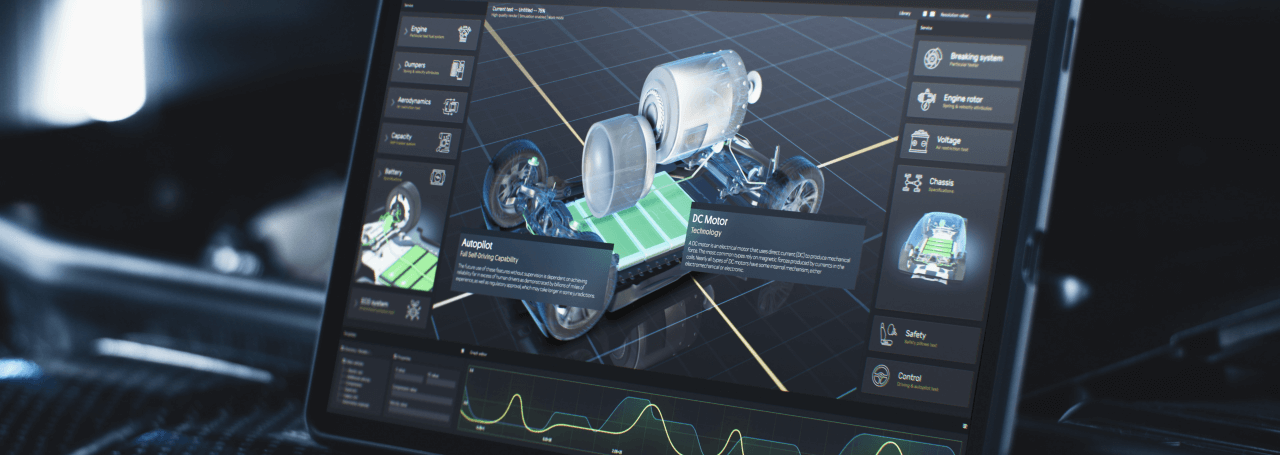Every engineer knows that choosing the wrong display resolution can sink a project faster than poor power management. Yet resolution specifications get thrown around in marketing materials without context about what these numbers actually mean for your application.
But what is the reality? Resolution isn’t just about packing more pixels onto a screen. It’s about matching pixel density to viewing distance, angle, and context, as well as to processing capability, and interface requirements. Getting this balance right determines whether your users see crisp, readable interfaces or pixelated messes that strain their eyes.
What is screen resolution?
Screen resolution measures the total number of pixels arranged horizontally and vertically on a display, expressed as width x height. Each pixel represents the smallest controllable element that can display color and brightness independently.
The math is straightforward: multiply width by height to get total pixels. A 1920×1080 display contains 2,073,600 pixels. But what matters for visual quality is pixel density—how those pixels are distributed across the physical screen area.
Pixel density, measured in pixels per inch (PPI), determines sharpness. Higher PPI means crisper text and finer detail visibility. This explains why industrial applications often use lower resolutions on larger displays—viewing distance compensates for reduced pixel density. Conclusion? Context is the king.


Display size and resolution vs. viewing distance
Types of resolutions:
What are the most popular screen resolutions?
To confront your project context with the specifications, you need to understand the resolution naming. It helps decode specs appropriately and make informed choices for your applications.
HD resolution—what does this abbreviation mean?
HD stands for High Definition at 1280×720 pixels, totaling 921,600 pixels. The “720” refers to vertical pixels—a legacy from broadcast television standards.
For embedded applications, HD provides sufficient detail for most control interfaces while keeping processing requirements manageable. Modern microcontrollers can handle HD graphics without dedicated GPU hardware.
Full HD resolution—how many pixels is that?
Full HD delivers 1920×1080 pixels for 2,073,600 total pixels. This resolution became the desktop standard because it balances visual quality with reasonable hardware requirements.
Full HD works well for industrial applications requiring detailed text display. The resolution provides clear readability for technical interfaces while remaining within the capabilities of standard embedded processors.
4K resolution—how many pixels is that?
4K Ultra HD quadruples Full HD with 3840×2160 pixels, totaling 8,294,400 pixels. This 4:1 relationship allows clean scaling of existing 1080p content.
However, 4K demands significantly more processing power. Memory bandwidth requirements scale linearly with pixel count, and graphics performance needs increase accordingly. Consider 4K when screen sizes exceed 20 inches or when displaying high-detail technical content.
8K resolution—what possibilities does it offer?
8K resolution provides 7680×4320 pixels for 33,177,600 total pixels—16 times more than Full HD. At typical viewing distances, individual pixels become invisible on screens smaller than 65 inches.
From a system perspective, 8K presents substantial challenges. Uncompressed 8K video requires over 100 Gbps bandwidth, necessitating the latest interface standards. Most embedded systems cannot handle 8K without specialized video processing hardware.
Currently, 8K makes sense for specialized applications like large-scale digital signage or high-end medical imaging where extreme detail justifies the complexity.
Which screen resolution should you choose?
Resolution selection involves balancing visual requirements against system capabilities and costs. Taking these steps can help you avoid dead ends and reach the endgame without painful restarts:
Match resolution to viewing conditions: Higher resolutions benefit close viewing distances and large screens. A 10-inch touch screen works well at 1280×800, while a 24-inch monitor needs at least 1920×1080 for comfortable use.
Consider processing limitations: Embedded systems have finite graphics capabilities. A stable 1080p interface often serves users better than a laggy 4K display that taxes system resources.
Evaluate content needs: Text-heavy applications benefit from higher resolutions for improved readability. Simple graphical interfaces may perform adequately at lower resolutions, especially with scalable vector graphics.
Verify interface compatibility: Ensure your display controller and cables support your chosen resolution at required refresh rates. Bandwidth limitations can force compromises between resolution and frame rate.
All in all, the engineering principle is simple: choose the lowest resolution that meets your visual quality requirements while maintaining system stability and reasonable costs.
Need expert guidance in balancing available resolution with your upcoming project?
Contact our engineering team to choose the best industrial-grade standard and customized solutions.
DISCOVER OUR
Whitepaper
Achieve the perfect user-display interaction with the right Touch Sensor IC. Ever faced issues with phantom touch events or certification? Boost your R&D like a pro with our Whitepaper!



